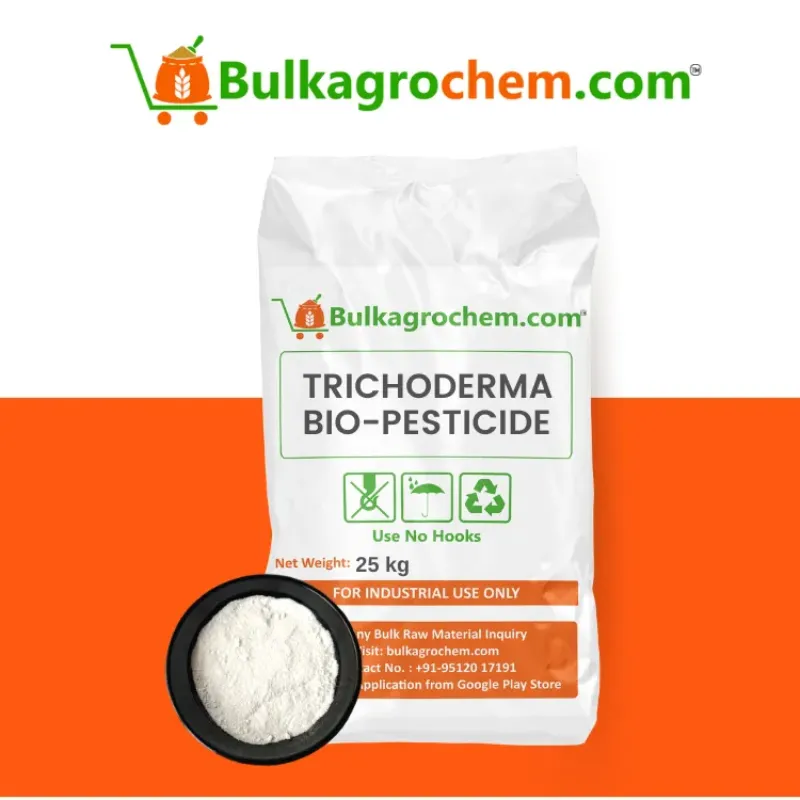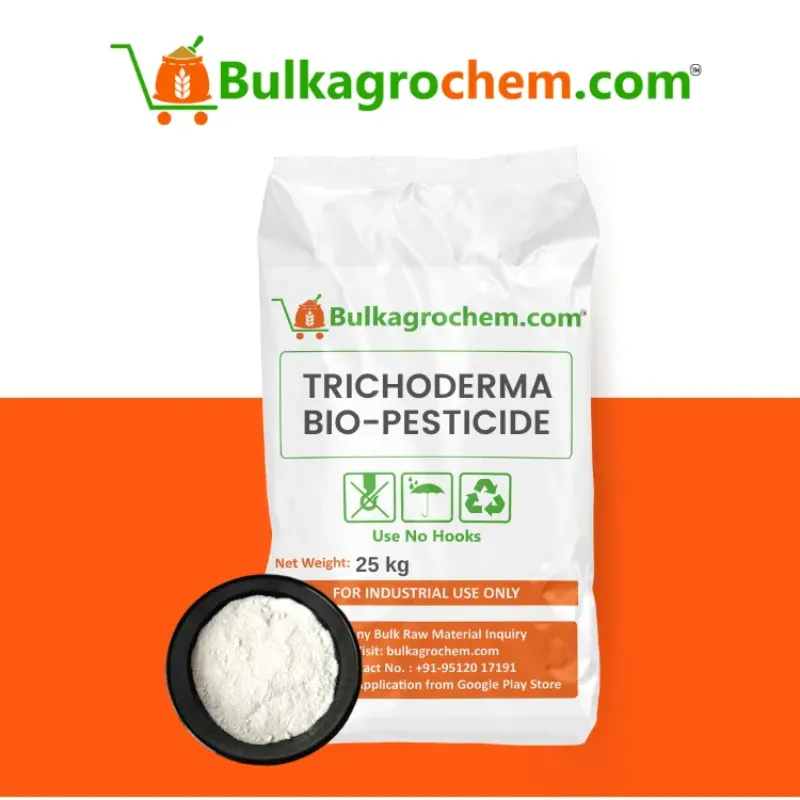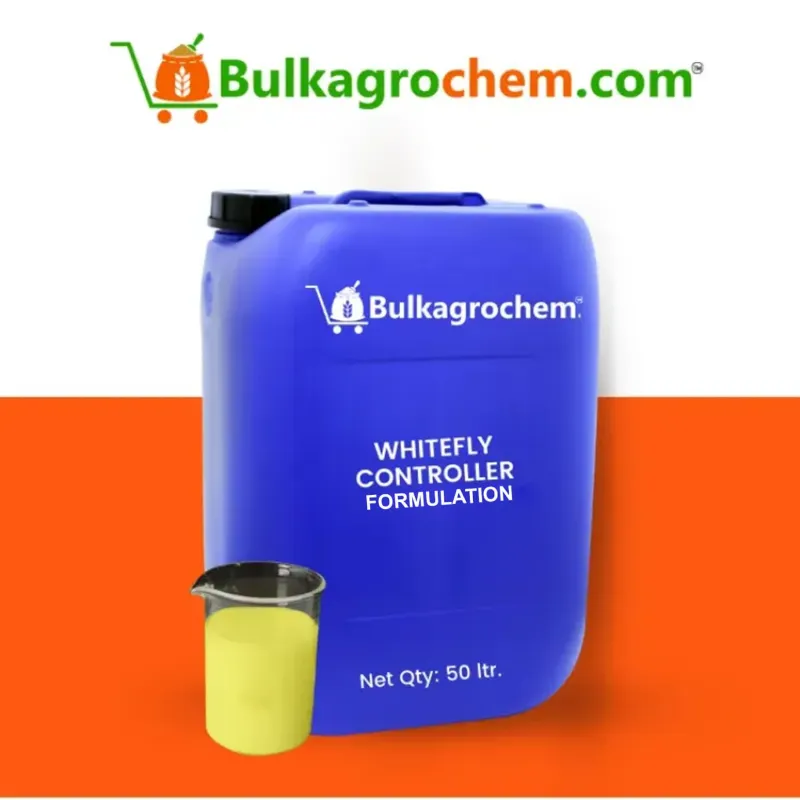Plant growth regulators (PGRs) are natural or synthetic compounds that influence various physiological processes in plants, such as growth, development, and maturation. They have become an essential tool in modern agriculture, helping farmers enhance both the quality and quantity of crops. This blog explores how PGRs impact crop production and quality, and why their use can be beneficial for sustainable farming practices. One of the primary functions of plant growth regulators is to promote or inhibit growth depending on the needs of the crop. PGRs such as auxins and gibberellins can stimulate cell division and elongation, leading to faster and more robust growth. This improved growth translates into healthier and more productive plants, which is critical for achieving higher yields. For example, PGR products like Bulkagrochem’s Plant Growth Stimulant can boost the overall development of crops, helping farmers achieve optimal plant growth in different stages of cultivation. The use of PGRs can significantly enhance crop yield by regulating key developmental stages such as flowering, fruiting, and seed formation. Cytokinins, another group of PGRs, promote cell division and can delay leaf aging, ensuring that the plant remains healthy and productive for a longer period. This leads to an increase in both the quantity and quality of the harvest. By managing these growth stages effectively, PGRs can help farmers maximize their crop output without the need for excessive inputs, making farming more efficient and sustainable. Plant growth regulators can also help achieve uniform growth across a crop. When plants grow at different rates, it can lead to inconsistent maturity, which complicates harvesting and reduces overall yield. By applying PGRs, farmers can synchronize plant growth, ensuring that crops mature at the same time. This not only simplifies the harvesting process but also improves the quality of the produce, as fruits or vegetables harvested at the same stage of maturity tend to have better texture, flavor, and nutritional value. PGRs like gibberellin inhibitors can be used to control excessive plant height, especially in crops prone to lodging (when plants fall over due to weak stems). By reducing the height and strengthening the stems, PGRs help crops stand upright, improving sunlight exposure and air circulation, which are vital for photosynthesis and disease prevention. Crops with a more controlled structure are easier to manage, harvest, and transport, reducing labor costs and potential post-harvest losses. A strong root system is crucial for the absorption of water and nutrients, which directly affects crop health and yield. Certain PGRs, such as auxins, are known to stimulate root growth, leading to more extensive and efficient root systems. By improving root development, plants can access more nutrients from the soil, enhancing their resilience to environmental stresses such as drought or poor soil conditions. This makes crops more sustainable and reduces the need for chemical fertilizers. Flowering is a critical stage in crop production, and the timing of this process can greatly influence yield. PGRs can help regulate flowering by inducing or delaying the process, depending on the specific needs of the crop. For example, some PGRs can promote earlier flowering, which is beneficial in short growing seasons. They also play a key role in fruit set by encouraging the development of flowers into fruits, ensuring that a higher percentage of flowers develop into marketable produce. Products like Bulkagrochem’s Flowering Stimulants can be used to enhance these critical stages, improving both yield and quality. Crops are often exposed to various stresses, including drought, salinity, and extreme temperatures, which can reduce yield and quality. PGRs can help crops better tolerate these stresses by regulating physiological processes that enhance resilience. For instance, abscisic acid is a PGR that helps plants conserve water during drought conditions by closing stomata (small pores on leaves), reducing water loss. Similarly, PGRs can improve a plant's resistance to cold or heat stress, ensuring better survival and productivity in challenging environments. Plant growth regulators can also influence post-harvest quality by delaying ripening and senescence (the aging process). This is especially important for fruits and vegetables that need to be transported over long distances or stored for extended periods before reaching consumers. By delaying ripening, PGRs help maintain the freshness, texture, and nutritional quality of the produce, reducing post-harvest losses. Ethylene inhibitors, for example, can be used to slow down the ripening process in fruits, allowing farmers to extend the shelf life of their produce. The use of PGRs can reduce the need for synthetic fertilizers and pesticides, contributing to more sustainable farming practices. By enhancing plant health and growth naturally, PGRs make crops more resilient to diseases, pests, and environmental stresses. This means that farmers can rely less on chemical inputs, which not only reduces costs but also minimizes the environmental impact of farming. Additionally, water-insoluble PGR formulations, like those offered by Bulkagrochem, ensure slow and sustained release, allowing for longer-lasting effects with fewer applications. Plant growth regulators play a vital role in modern agriculture by influencing crop growth, development, and productivity. Their ability to enhance root development, improve yield, regulate flowering, and promote uniform growth makes them an invaluable tool for farmers seeking to optimize crop quality and production. PGRs also contribute to sustainable farming practices by reducing the need for excessive inputs and improving crop resilience to environmental stresses.1. Enhancing Growth and Development
2. Improving Crop Yield
3. Promoting Uniformity in Growth
4. Controlling Plant Height and Structure
5. Enhancing Root Development
6. Regulating Flowering and Fruit Set
7. Enhancing Stress Tolerance
8. Improving Post-Harvest Quality
9. Reducing Reliance on Synthetic Inputs
Conclusion
Bulkagrochem
Submit your contact number & get exciting offer
Bulkagrochem.com
Bulk Purchase & Get Bulk Discount
Share your number to receive customized bulk pricing, availability updates, and exclusive offers directly via WhatsApp.

Recommended Products




